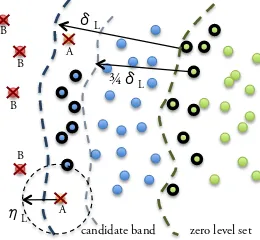Human body analysis using depth data
Texto completo
Figure




Documento similar
On the other hand, an important category of interval arithmetic techniques for enclosing Chebyshev expansions include the paral- lelepiped and Lohner’s QR decomposition methods and
We find works using synthetic data for object detection/recognition [62, 110, 111, 172], object viewpoint recognition [139], re-identification [14], and human pose estimation
In this paper, we have presented two novel techniques that exploit user and document profiles defined in a social tagging system to personalize the result rankings of a Web
where they also outperformed the state-of-the-art using a CNN, they introduced a new approach for recognition with limited training data, in which they used multi-view
i) the establishment of human baseline performance (layman) in signature recognition tasks based on crowdsourcing experiments; ii) a novel attribute-based signature
Consequently, in this thesis we have generated two cellular models, a mouse model based on NURR1 overexpression in neural stem cells, and a human model based
In this paper we present an enhancement on the use of cellular automata as a technique for the classification in data mining with higher or the same performance and more
In this paper we estimate a demand for private medical services equation based on the tradition of the Grossman´s model of demand for health using data for a panel of





